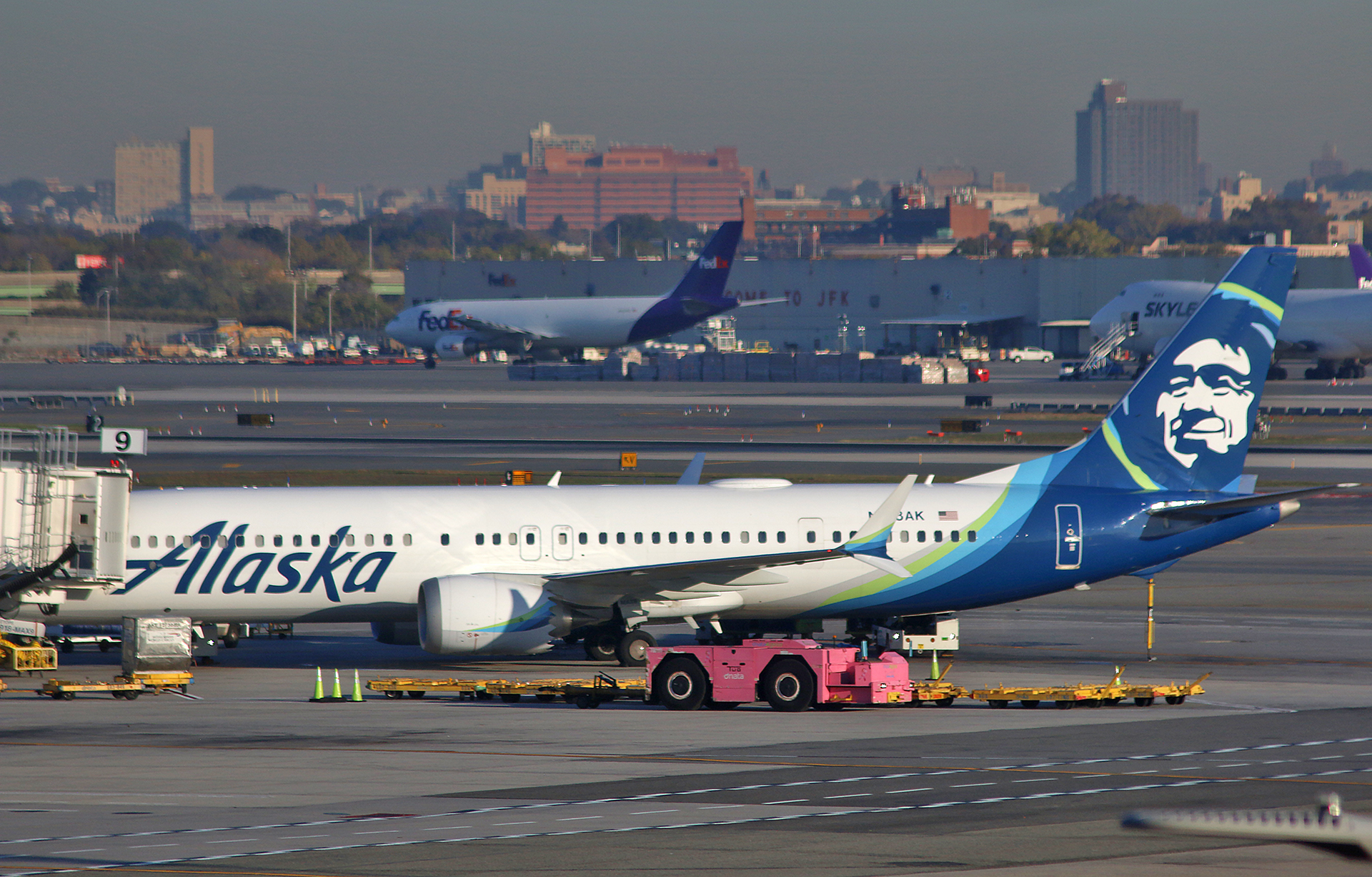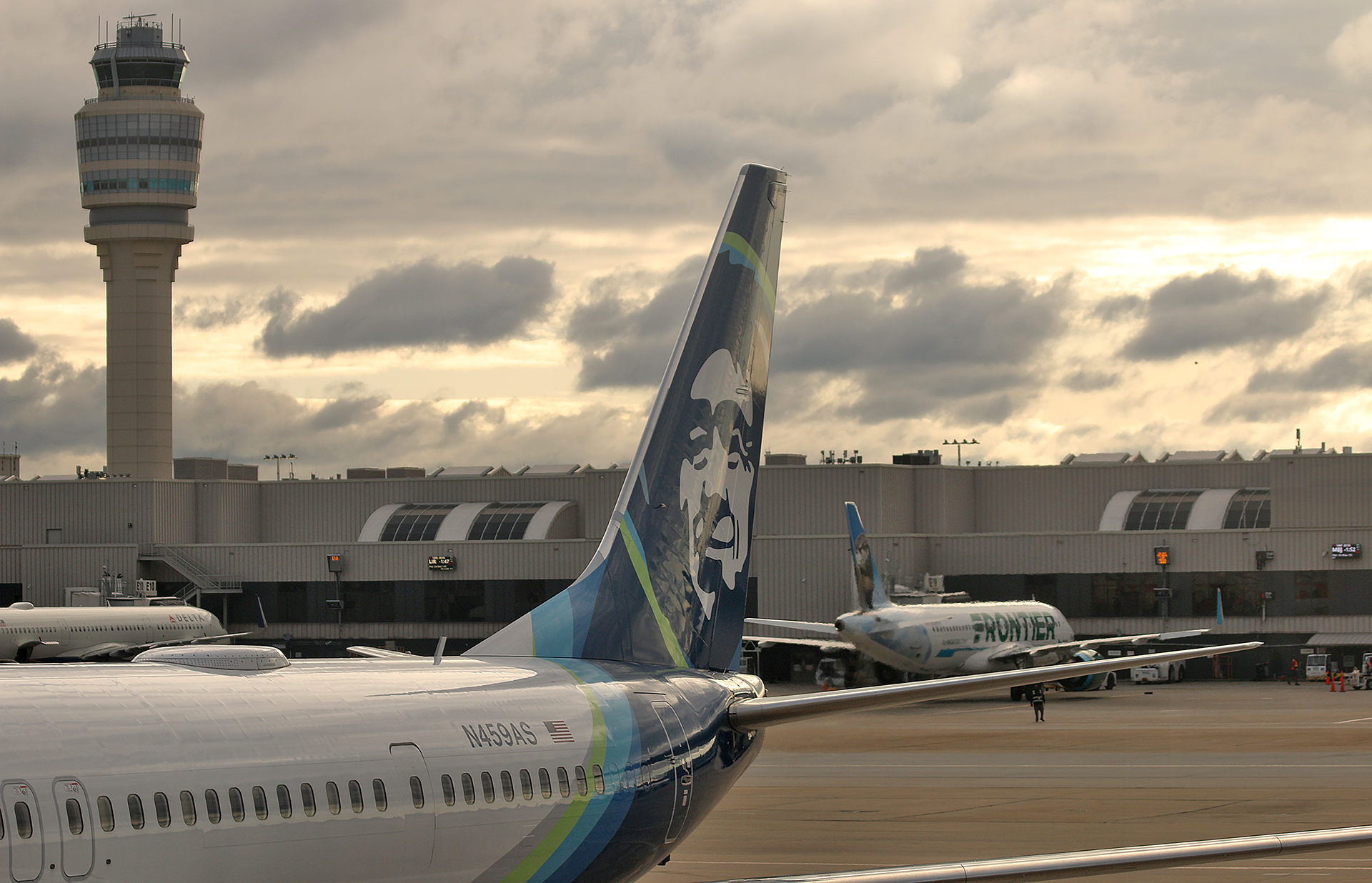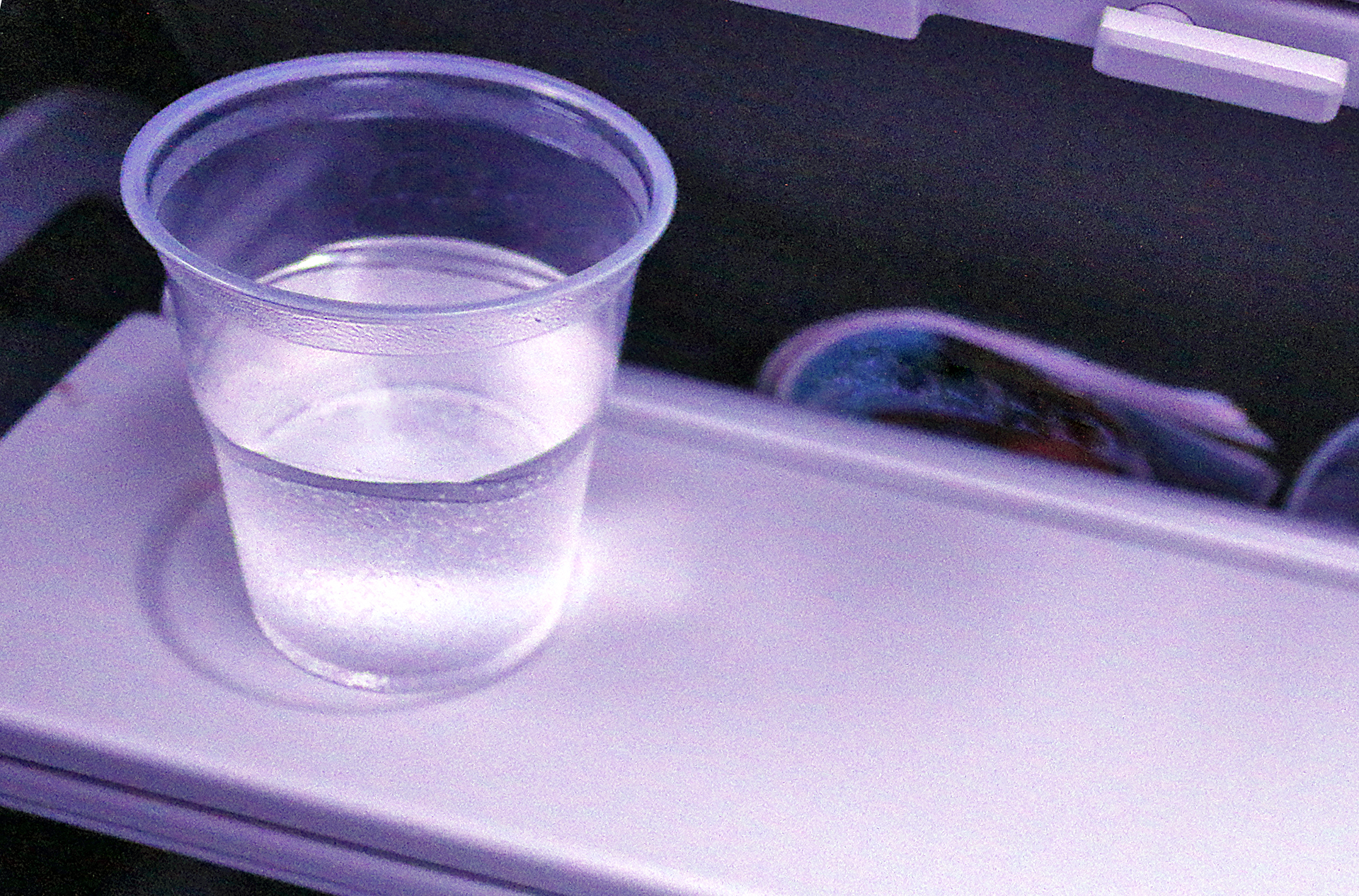In the latest salvo of the war against plastic waste, the first airline to eliminate plastic cups in the United States is Alaska Airlines. The airline completed its transition to paper cups for use with beverages during flights and is expected to save greater than 55 million plastic cups annually as a result.
The First Airline to Eliminate Plastic Cups in the United States Is…

That number conflicts with the information from this official press release from Alaska Airlines which has since been removed but has been referred with this article here at The Gate: “Inflight water service is the most significant contributor of onboard plastic waste. The switch to more sustainable solutions will effectively remove 22 million plastic cups and 32 million plastic bottles per year from Alaska flights.”
The cartons of Boxed Water Is Better — which is the name of the brand of water that has been served since 2021 — are 92 percent plant-based. They are manufactured from sustainably harvested trees and are fully recyclable. Alaska Airlines became the first airline to offer Boxed Water Is Better to passengers seated in the first class cabin and aboard airplanes operated by Horizon Air. The trial was a success with both passengers and employees, as the renewable packaged water alternative was reportedly preferred over plastic bottled water at a rate of two to one.
“All inflight beverages on Alaska flights are now served in Forest Stewardship Council (FSC) certified paper cups or reusable glassware for most First-Class services”, according to this official press release from Alaska Airlines. “By partnering with Boxed Water™ and serving beverages in responsibly-sourced paper cups, we’re saving more than 2.2 million pounds of plastic from landfills a year, the equivalent weight of 24 Boeing 737s.”
Ongoing Reduction of Waste By Alaska Airlines

This initiative is part of the continued leadership of Alaska Airlines in the reduction of waste during flights — from onboard recycling to being the first airline to eliminate plastic straws and stir sticks in 2018 — and the airline has eliminated hundreds of single-use waste items and pioneered fresh food for pre-order using industry-leading technology to ensure that customers can get exactly what they want. Offering fresh food for purchase via pre-order has dramatically decreased the food waste that was experienced prior to 2019.
Significantly reducing inflight waste is one of the sustainability goals for carbon, waste, and water by Alaska Airlines. Earlier in 2021, Alaska Airlines announced a strategy to achieve net zero carbon emissions by 2040 — with near-term 2025 targets to be the most fuel-efficient airline in the United States by 2025 — and to reduce climate emissions from ground equipment by half.
Final Boarding Call

“Only approximately nine percent of the 350 million tons of plastic which humans produce each year is recycled”, according to this article pertaining to whether there is any hope for plastic recycling which I wrote here at The Gate on Thursday, April 22, 2021. “…almost 35.7 million tons of plastic was produced in the United States alone in 2018.”
Although I am not panicking about “global warming” and fearing the catastrophic effects to the environment which some people claim will occur, I believe we should do everything we can — within reason and within our power — to control the amount of pollution caused by plastic. For example, I prefer to purchase small souvenirs in countries which I visit rather than souvenirs which are stamped out by some production line in some faraway country which offers little value, in my opinion — which was one of the three reasons which I did not like the souq at Muttrah Corniche in Muscat in Oman. You can find out nine other tips pertaining to purchasing souvenirs in this article.
I also attempt to repurpose items which may otherwise wind up in a landfill or burnt. For example, I use clean jugs for drinking water to reclaim water which would otherwise be wasted.
Even though the use of boxes of water and paper cups will reduce the amount of plastic which is disposed, how much energy and resources are used to create those cardboard boxes and paper cups — and is the energy and resources used less than for the manufacture of plastic bottles and cups?
Also, how did the use of plastic cups aboard airplanes operated by Alaska Airlines increase by 150 percent from 22 million cups annually to 55 million cups annually?
Photograph ©2018 by Brian Cohen.
